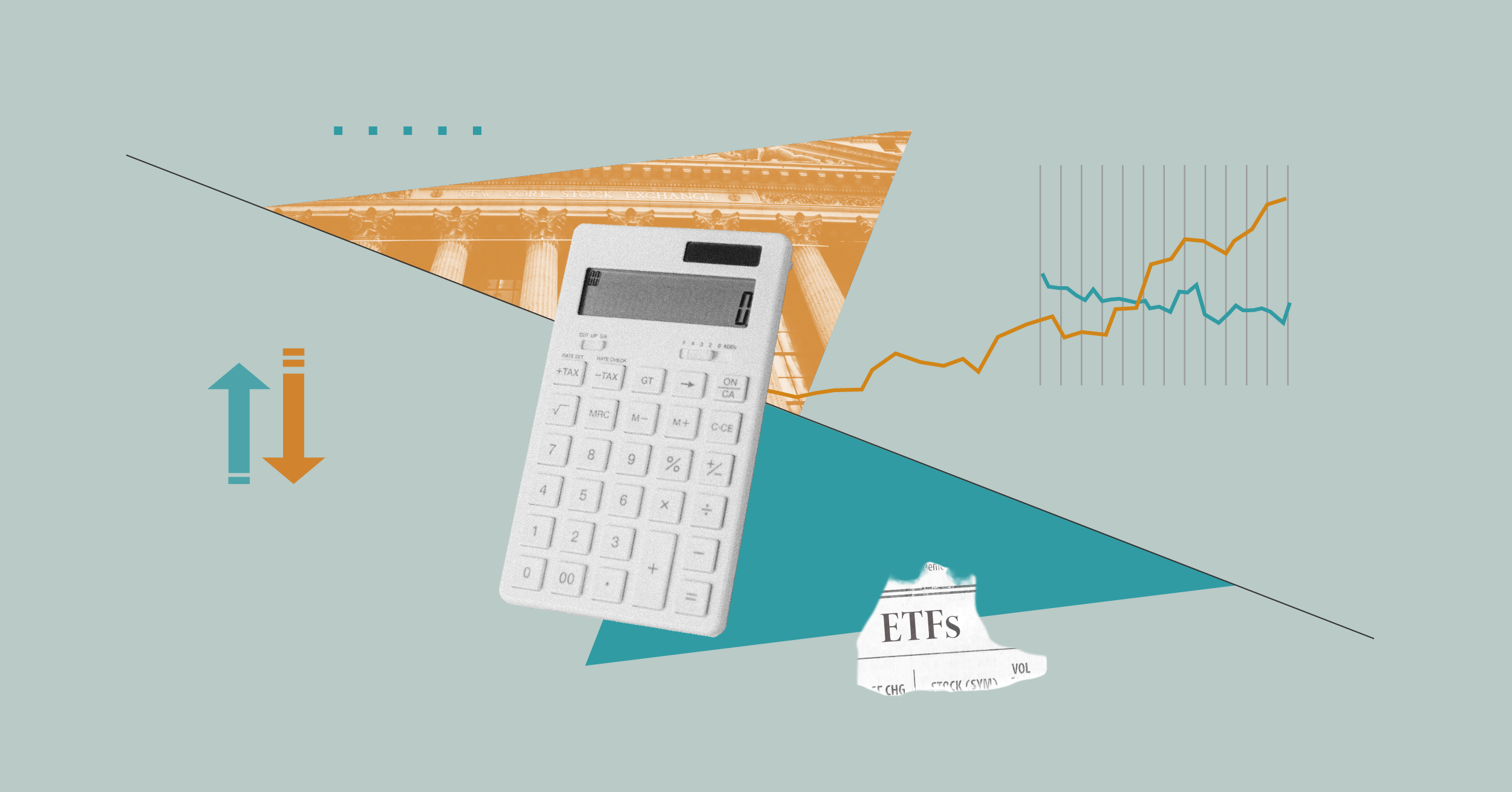
Two more redoubtable asset managers—Oakmark and MFS—joined the active exchange-traded fund fray this week, launching versions of established and highly rated strategies. The new ETFs are not exact clones of those strategies, which each have long and impressive track records, but share the same management teams and processes as their forebears.
Oakmark U.S. Large Cap ETF OAKM began trading on Dec. 3, 2024. The new, actively managed offering marks Harris Associates’ first foray into ETFs. It has some familiar features—as well as some distinctive ones.
Investors who know the Oakmark brand might think this new ETF is simply a repackaging of the $25 billion Oakmark OAKMX mutual fund. That’s partly true. The ETF’s management team is the same as Oakmark’s: Bill Nygren, Michael Nicolas, and Robert Bierig. That group intends to draw all the ETF’s holdings from Oakmark’s portfolio. With only 35 stock holdings at launch, however, the ETF is a bit smaller than Oakmark, which had 53 holdings in September (its last public portfolio), but larger than Oakmark Select OAKLX, which had 21 holdings.
What’s missing from the ETF’s portfolio? The use of “large cap” in the ETF’s name is a clue of sorts. It’s focused on (but not exclusively confined to) Oakmark’s larger-market-cap holdings. The mutual fund had seven holdings with market caps below $14 billion in September, including auto parts firm BorgWarner BWA and oil and gas company APA APA. None of them is in the ETF. But neither is Bank of America BAC, with its market cap of more than $350 billion.
This is Harris’ first ETF listed under the Oakmark brand, but it’s not entirely new to the space. Nygren and his colleagues have run a portion of Natixis U.S. Equity Opportunities NESYX since 2014. (Natixis owns Harris Associates and the Equity Opportunities fund’s other subadvisor, Loomis Sayles.) That’s a mutual fund, but for a few years, it had an ETF version, which was liquidated in 2023.
Fees and taxes associated with the new ETF are mixed. Its 0.59% expense ratio is relatively high versus the 0.38% median for actively managed ETFs in the large-value Morningstar Category. On the other hand, ETFs have a tax-efficient structure that doesn’t usually produce substantial capital gains distributions. To be fair, Nygren and his team have always prided themselves on limiting taxable distributions, and while they’ve done relatively well for the Oakmark mutual fund on that front, they haven’t altogether avoided them.
MFS, which more than 100 years ago launched the US’ first mutual fund, introduced its first series of actively managed exchange-traded funds this week. The firm unveiled three equity and two fixed-income active ETFs, each of which is designed to be a stand-alone strategy, though the equity ETFs are close relatives to existing mutual fund strategies.
While investors should expect the equity ETFs to be similar to their mutual fund cousins, they are not clones. The ETFs are slightly more concentrated than the related mutual funds. For instance, MFS Active Value MFSV reported 57 stock holdings as of its Dec. 4 disclosed portfolio, whereas the MFS Value MEIIX mutual fund held 70 stocks as of Oct. 31, its latest public portfolio. The active share for the value ETF relative to the value mutual fund is 24%, so while the two are clearly similar, the ETF does differ materially. Similarly, MFS Active Growth ETF MFSG holds 53 stocks while the mutual fund MFS Growth MFEIX held 69 as of October, and the growth ETF has an active share of 29% versus the growth mutual fund.
Investors, therefore, should not necessarily see the equity ETFs as pure 1-for-1 substitutions for the corresponding mutual funds. Still, the strategies are managed by the same well-regarded teams, and the related mutual funds each carry at least a Morningstar Medalist Rating of Silver for its cheapest share class. The ETFs are priced at or slightly below the level of the cheapest share class of the related mutual fund (usually the R6 shares), so investors can benefit from getting cheaper and presumably more tax-efficient access to MFS’ active management through these new ETFs.
The author or authors do own shares in any securities mentioned in this article. Find out about Morningstar's editorial policies.















